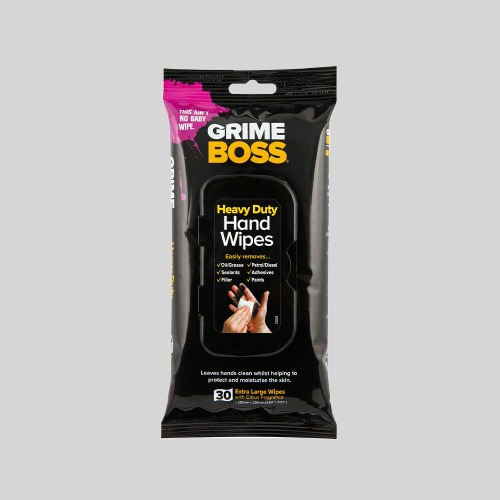Home / News / Industry News / How to Choose Industrial Heavy-Duty Wipes and The Structure of Industrial Heavy-Duty Wipes
When choosing industrial heavy-duty wipes, there are several factors to consider to ensure you select the right product for your specific needs. Here are some key considerations:
Material and Construction: Look for wipes made from durable materials such as synthetic fibers or reinforced fabrics. These materials should be able to withstand rigorous cleaning tasks and resist tearing or fraying.
Absorbency: Assess the level of absorbency required for your cleaning applications. Different wipes have varying absorbency levels, so consider whether you need high absorbency or if a lower level will suffice.
Strength and Tear Resistance: Heavy-duty wipes should be strong and tear-resistant to withstand tough cleaning tasks. Check for wipes that have reinforced edges or are specifically designed to resist tearing.
Cleaning Power: Evaluate the cleaning capabilities of the wipes. Some wipes are pre-soaked or impregnated with cleaning solutions or solvents, while others are dry and require the addition of cleaning agents. Choose wipes that are suitable for the type of contaminants you need to remove.
Size and Thickness: Consider the size and thickness of the wipes. Larger wipes can cover more surface area and may be more efficient for certain tasks. Thicker wipes tend to be more durable and have better absorbency.
Compatibility: Determine if there are any specific compatibility requirements for the wipes. For example, if you need wipes that are safe to use on delicate surfaces or with certain chemicals, make sure the wipes you choose meet those criteria.
Packaging: Look for wipes that are conveniently packaged for your needs. Some come in individual sheets or pop-up dispensers, while others are in bulk containers. Consider the ease of access, storage, and portability required in your work environment.
Safety and Environmental Considerations: Check if the wipes meet any safety or environmental standards, such as being free of harmful chemicals or being biodegradable. It's important to prioritize the health and safety of your workers and minimize the environmental impact.
Cost-effectiveness: Compare the cost of different wipes while considering their quality and performance. Keep in mind that the cheapest option may not always be the most durable or effective, so balance cost with overall value.
Reviews and Recommendations: Read reviews and seek recommendations from other professionals in your industry who have used industrial heavy-duty wipes. Their experiences and insights can provide valuable guidance in making an informed decision.
By considering these factors, you can choose industrial heavy-duty wipes that are suitable for your specific cleaning requirements, ensuring efficient and effective results.Meanwhile,The structure of industrial heavy-duty wipes can vary depending on the specific brand and product. However, most heavy-duty wipes are designed with a multi-layered construction for enhanced durability and performance. Here is a general breakdown of the typical structure of industrial heavy-duty wipes:
Outer Layer: The outer layer of the wipe is usually made from a strong and abrasion-resistant material. It helps to provide strength and protection to the wipe, preventing it from tearing or disintegrating during heavy use.
Absorbent Layer: Beneath the outer layer, there is an absorbent layer that is designed to soak up and retain liquids and contaminants. This layer is often made from materials such as polyester, polypropylene, or cellulose fibers, which have high absorbency properties.
Reinforcement Layer: Some heavy-duty wipes may have an additional reinforcement layer, especially around the edges or high-stress areas of the wipe. This layer provides extra strength and tear resistance, ensuring the wipe can withstand rough handling and vigorous scrubbing.
Cleaning Solution or Solvent: In certain cases, heavy-duty wipes may come pre-soaked or impregnated with a cleaning solution or solvent. This allows for quick and convenient cleaning without the need for additional cleaning agents. The solution or solvent helps to break down and remove stubborn contaminants.
Binders or Adhesives: To hold the layers of the wipe together, binders or adhesives are used. These help maintain the structural integrity of the wipe during use, preventing separation or delamination.
It's important to note that the specific materials and layers used in the construction of industrial heavy-duty wipes can vary based on the intended application and the manufacturer's design. Some wipes may have additional layers or features tailored to specific cleaning tasks, such as textured surfaces for scrubbing or antimicrobial additives for hygiene purposes.
When selecting industrial heavy-duty wipes, it's recommended to review the product specifications provided by the manufacturer to understand the exact composition and construction of the wipes you are considering.



 English
English Español
Español
















